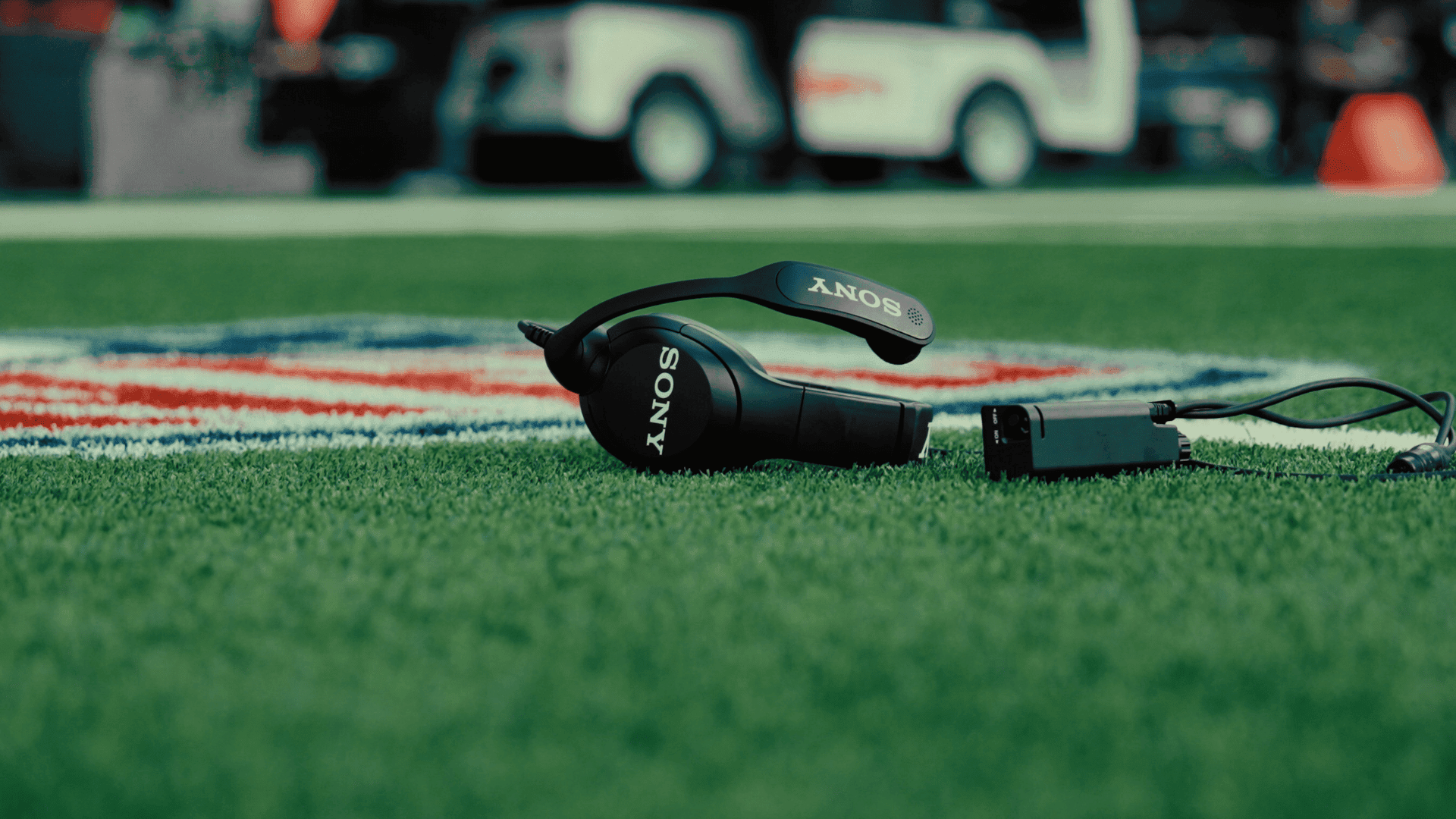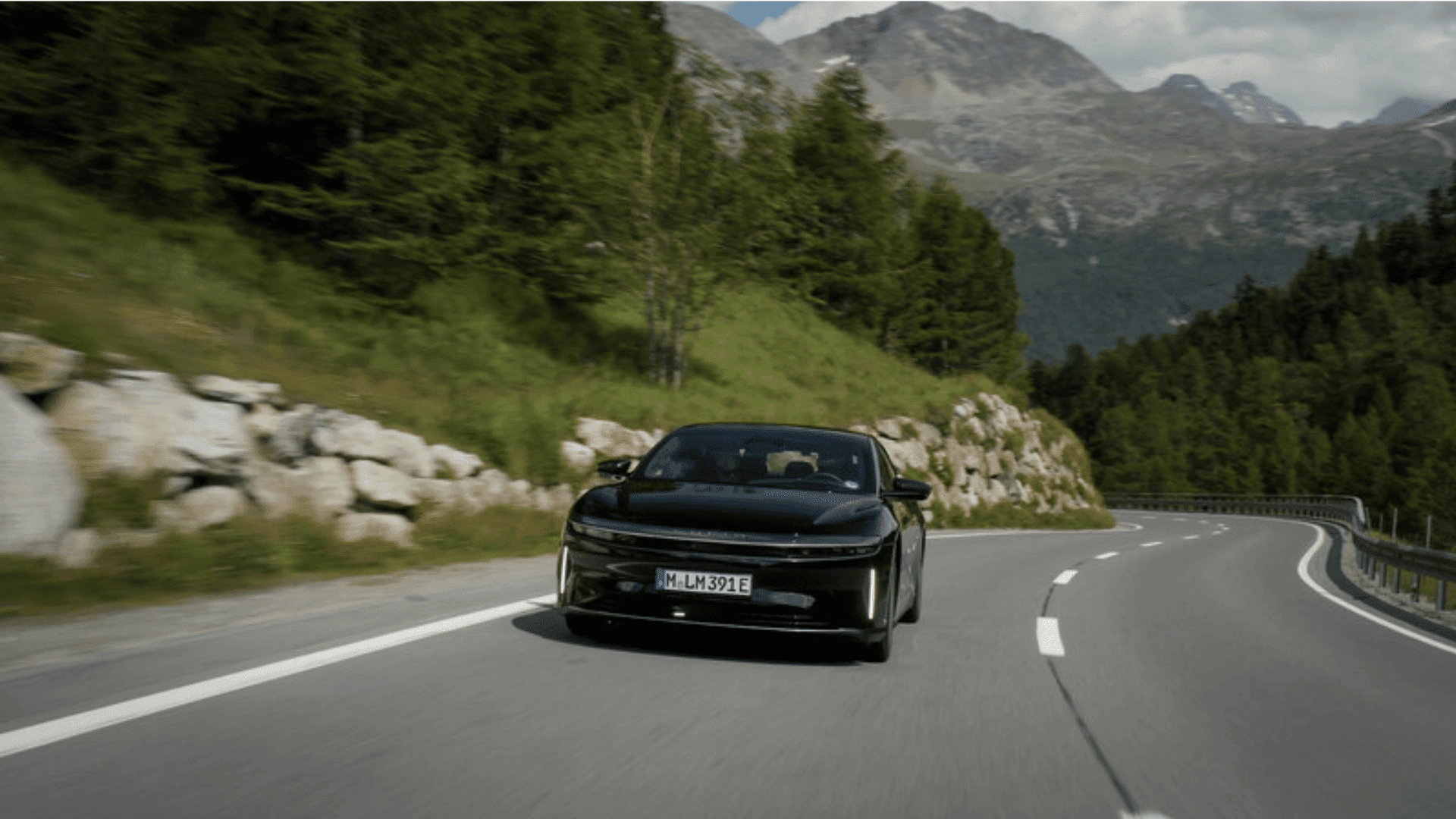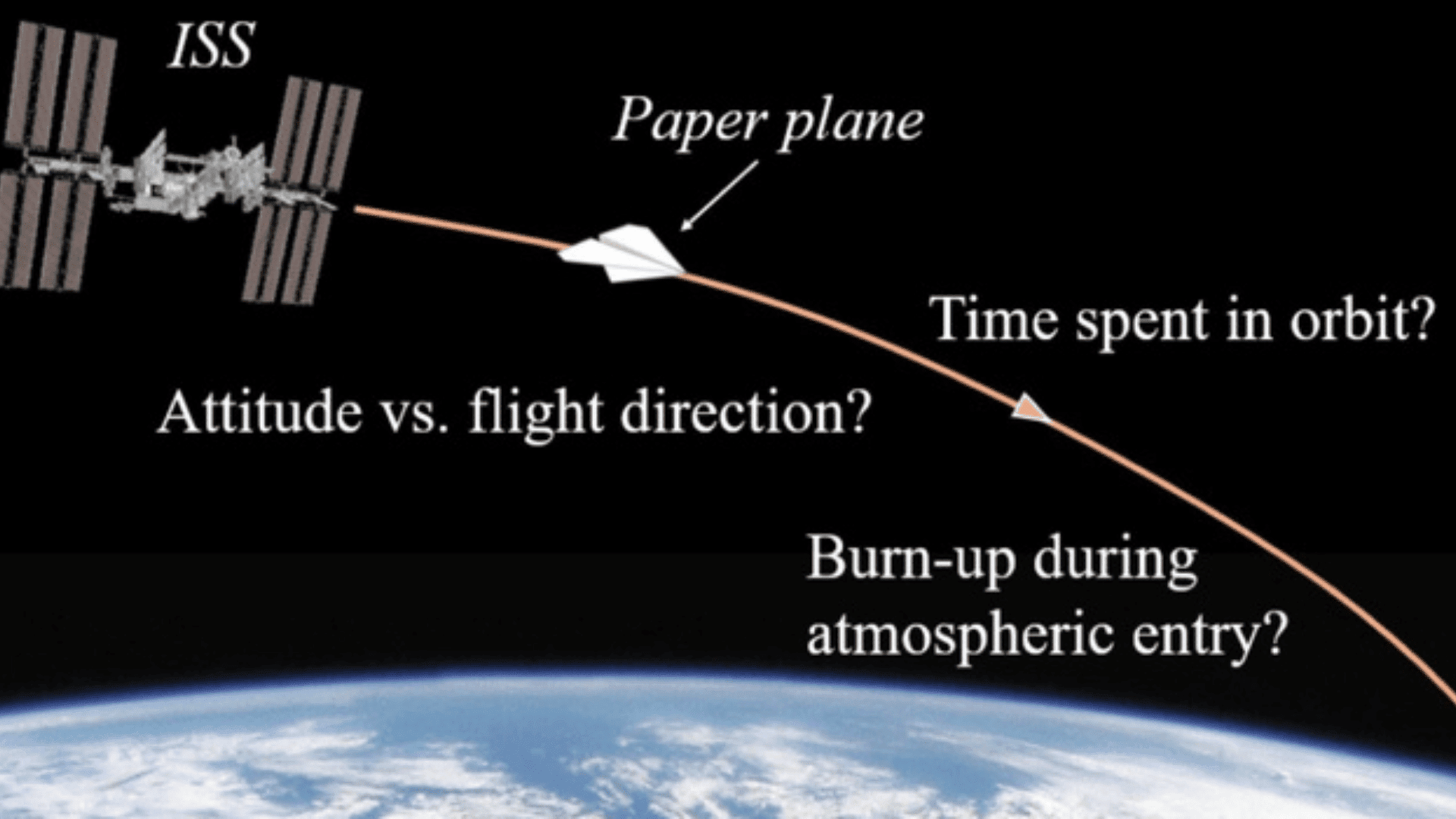If you watched the Winter Olympics earlier this year, you may have seen promotions for the virtual reality experience NBC and Intel hosted. Thirty different events, including the opening ceremony, were streamed as 360-degree videos for cable subscribers with access to a VR headset of some kind. Those without a headset could use an app on Android and iOS devices to watch the videos, using their phone as a “magic window” (tilting and moving their phone to look around).
Of course, the advertisements didn’t tell you any of this. In fact, they were very vague on how the complete process would work. Would you be able to see what the Olympians were seeing, zooming through courses and performing tricks? Or was it just an expansion on the coverage that was airing on TV?

It was revealed to be the former: live broadcasts using the same angles and kinds of footage seen on television (although a few were from the Olympians’ perspectives). There were a few perks to the VR version, though. David Aufhauser, Intel Sports managing director, explained that viewers would be able to “switch seats” and change their perspective mid-broadcast. Some of these angles were unavailable to TV watchers or even attendees of the event. “We want to have our cameras in places that the audience can’t go,” he said. The app also had some documentary features on select Olympians, archived clips from previous Games, and a medal board.
The live events were streamed at only 180-degrees, but it was for the purpose of quality. According to Blake Rowe of Intel’s product implementation team, they wanted to “focus on creating a high-quality, crisp resolution in the field of play, and on your sides, rather than what’s behind you. So, rather than degrading the quality in front of you to allow for a behind view, we chose to focus on what’s in front of the camera, the action.”

C360 Technologies made the cameras in question. The Pittsburgh-based company was ecstatic to have a chance to work on the Olympics. CEO Evan Wimer said “[s]ince the inception of our company, we’ve been fortunate to work with some of the best organizations in the world, integrating C360’s technology into sports telecasts viewed by international audiences… We are extremely honored by the opportunity to bring an added viewing dimension through our camera technology to the 2018 Winter Olympic Games. We believe in the value that immersive video can bring to traditional sports broadcasts, and the PyeongChang Olympics is [the] perfect event to introduce our newest GEN2 Immersive Camera System… to a global audience.”
It’s been confirmed that VR coverage will return for the 2020 Tokyo Olympics, although what events to be covered and cameras in use has yet to be revealed. Intel continues to offer sports events through VR, including PGA golf sessions, MLB games, and NCAA basketball tournament matches. All of these are on a much smaller scale than the Olympics, naturally, but they provide an enjoyable way to sample the technology if you missed the Winter Games.
Virtual reality is still in its infancy and is working on gaining a foothold in mainstream markets. Between its prominence in gaming and use in amusement parks, however, it’s breaking in. The Olympic coverage in VR proves that the technology is designed for enhancing an experience and can make it something truly unforgettable and groundbreaking. It may not be the same as being there in person- cowbells and warm drinks in hand- but it’s option that makes such a once-in-a-lifetime opportunity more accessible to the general public. That’s something definitely worth a gold medal.

Influence the future and follow our World of Innovation on Instagram.







